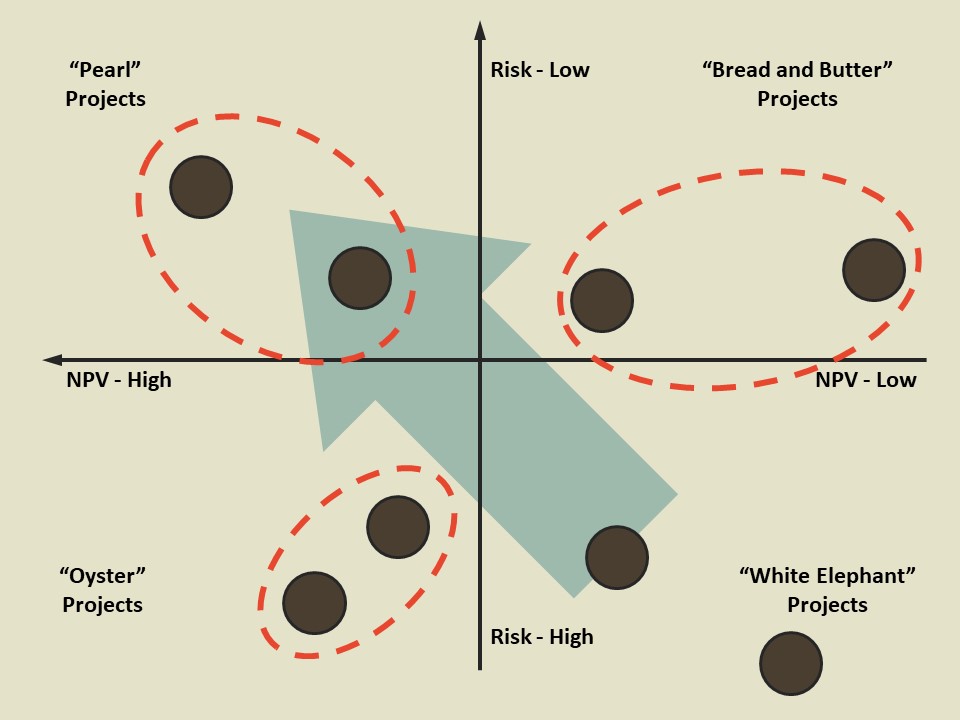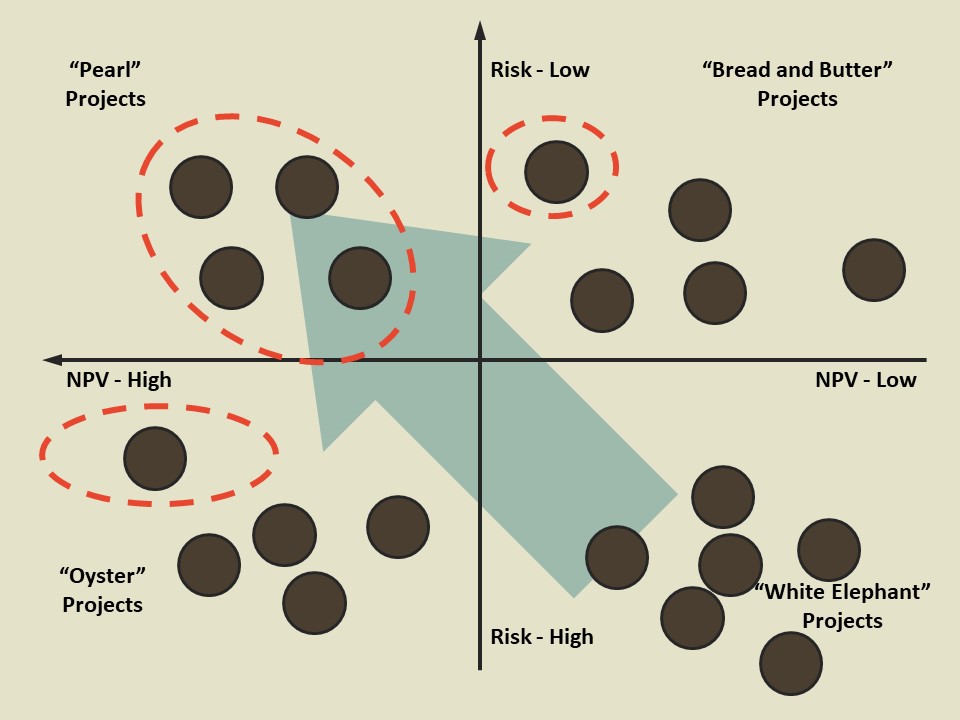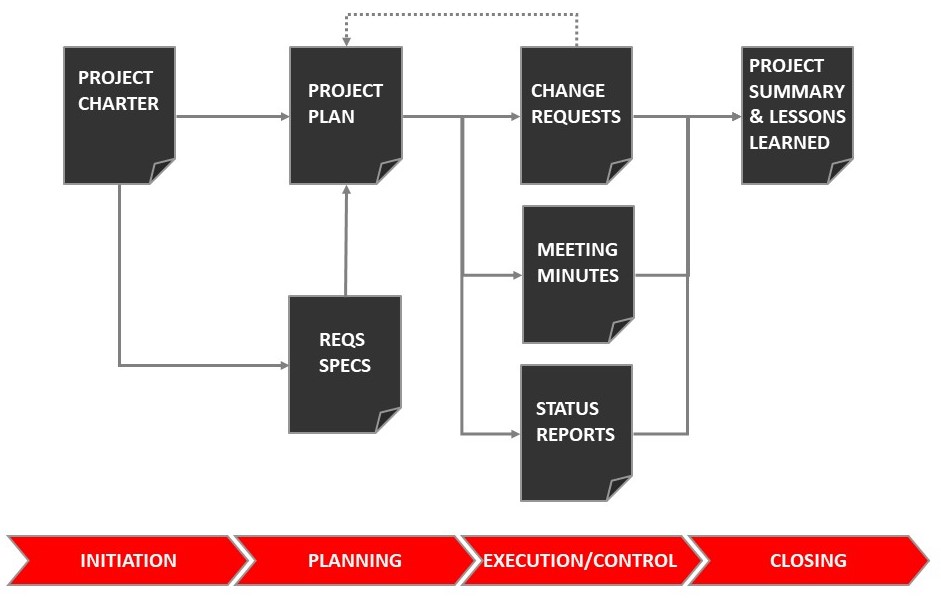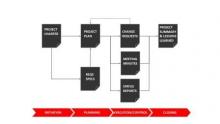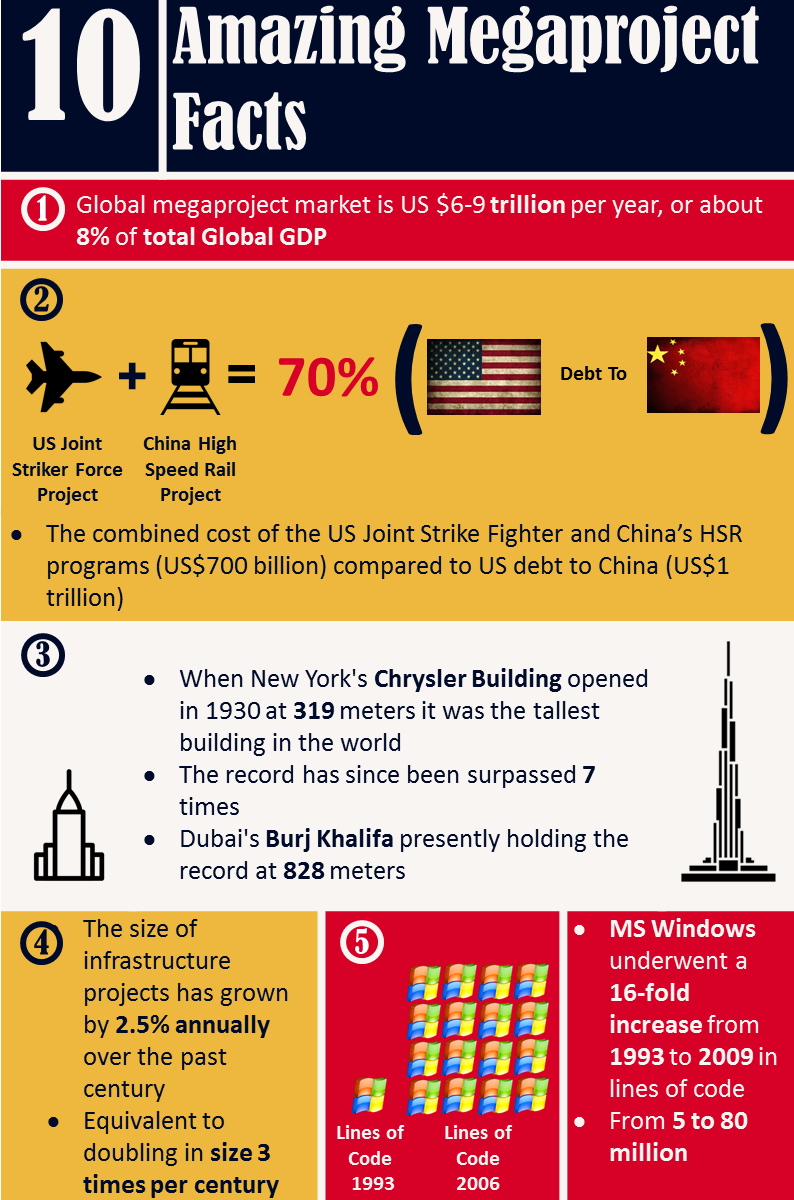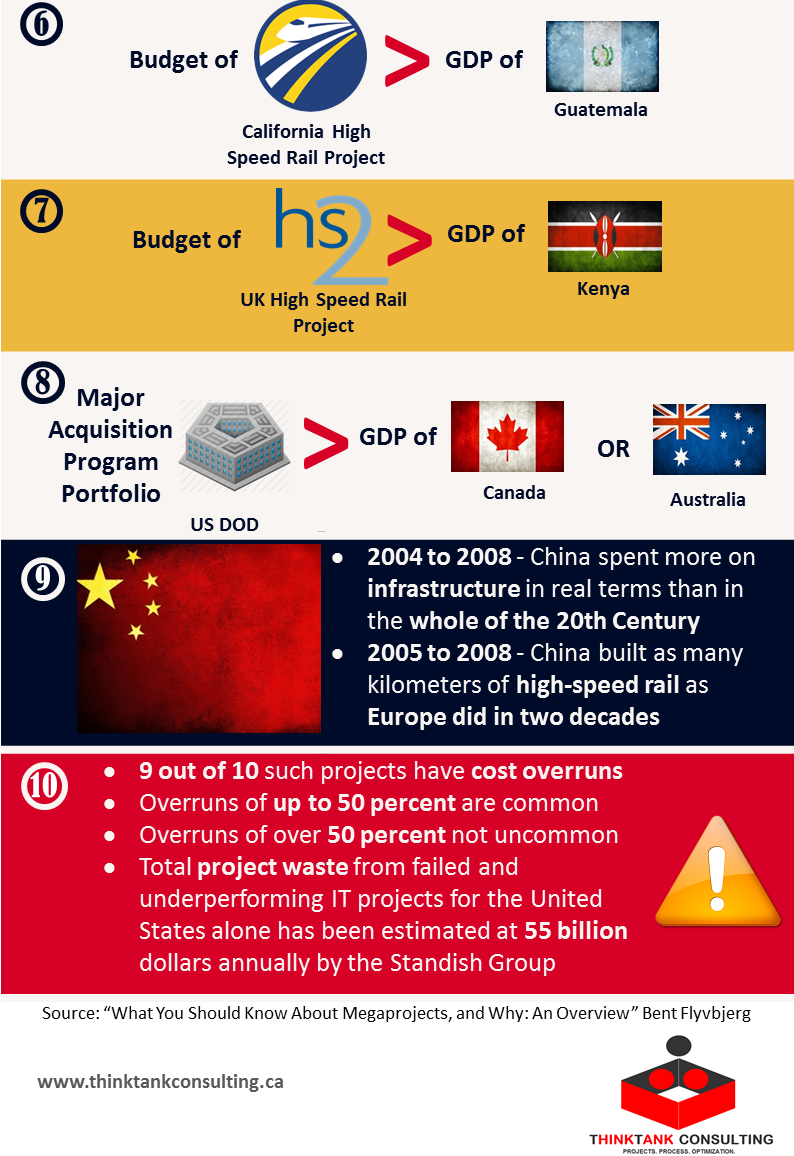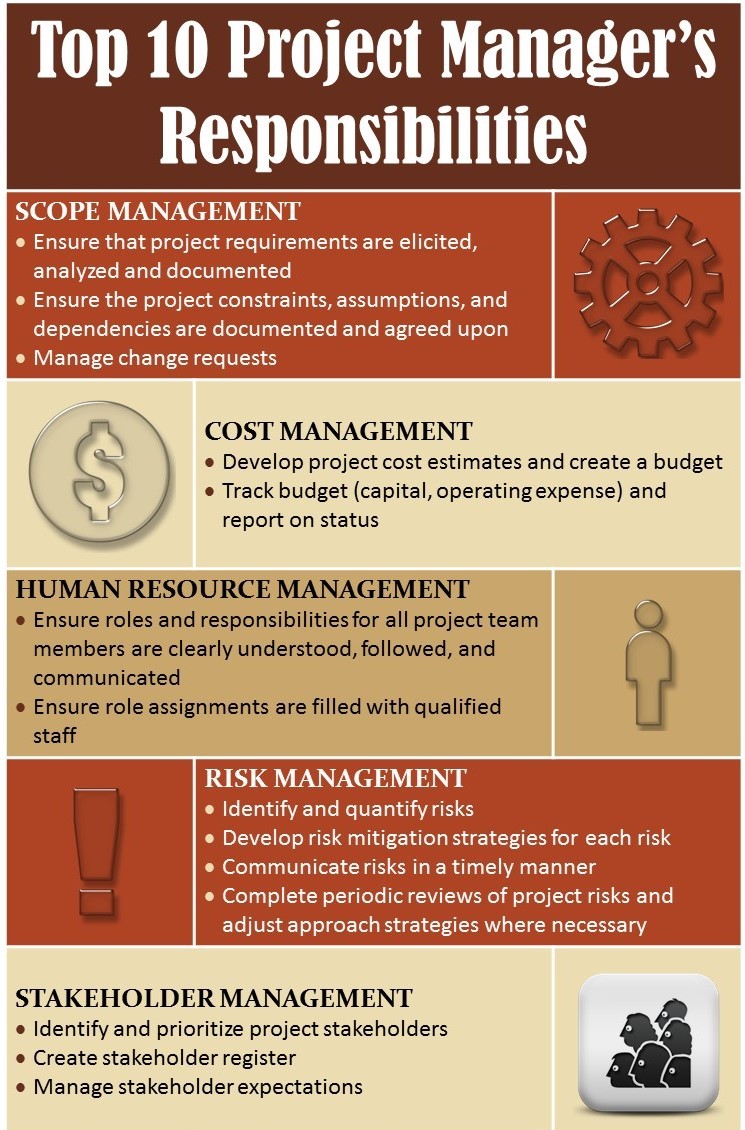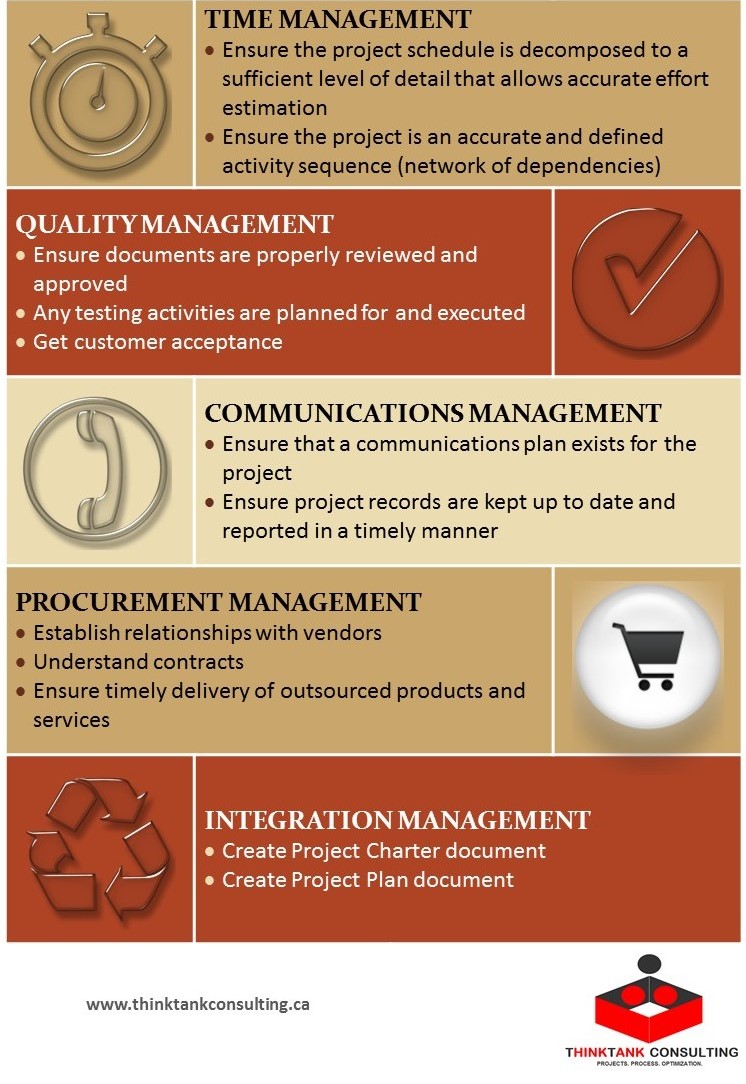News - FREE “Advanced Project Management (1/4) – Intro to Project Management and Project Initiation”
Submitted by Jamal Moustafaev on Wed, 06/21/2017 - 14:23
Friends and colleagues!
After spending long hours in a small and stuffy studio, I was finally able to post my third workshop on Udemy. This one is called “Advanced Project Management (1/4) – Intro to Project Management and Project Initiation”. This is the first part of my new four-part course series titled “Advanced Project Management”.
I have created a coupon that allows my connections to watch this workshop for free (regular price $180). All you need to do is comment something along the lines of “Interested” or “Yes” and I will PM you the link. My only request is that you leave your review on Udemy. You will be prompted automatically by the website as early as 5-10 min into the course.
Also, please:
1) Share it
2) Like it
3) Tag your friends or managers who may benefit from it
4) Leave a review
Thanks in advance!
Jamal
About the Author
Jamal Moustafaev, MBA, PMP – president and founder of Thinktank Consulting is an internationally acclaimed expert and speaker in the areas of project/portfolio management, scope definition, process improvement and corporate training. Jamal Moustafaev has done work for private-sector companies and government organizations in Canada, US, Asia, Europe and Middle East. Read Jamal’s Blog @ www.thinktankconsulting.ca
- Please follow me on Twitter:
- Like our page on Facebook:
- Connect with me on LinkedIn:
- Subscribe to my RSS feed:
- Visit my Udemy Course page:
Jamal is an author of three very popular books:


